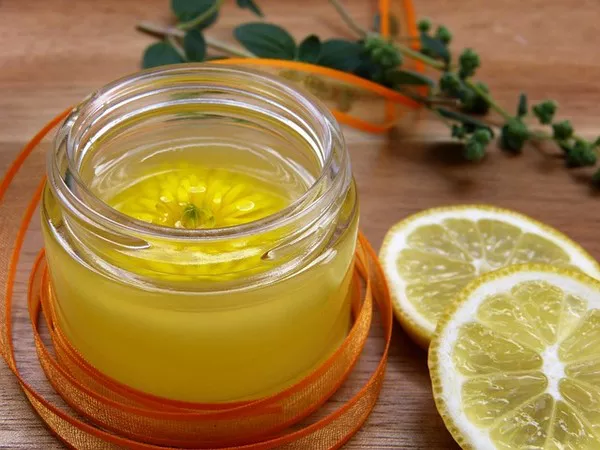When it comes to culinary exploration, adventurous foodies are always on the lookout for new and exciting ingredients to tantalize their taste buds. While fruits, vegetables, and herbs have long been staples in the kitchen, there is a growing interest in incorporating flowers into our diets. The concept of eating flowers may raise eyebrows, as flowers are typically admired for their beauty and used as decorations. However, a wide variety of flowers are not only edible but also impart unique flavors and nutritional benefits to dishes. In this article, we will explore the world of edible flowers, their safety for consumption, popular choices, and creative ways to incorporate them into your meals.
Edible Flowers – A Brief Overview
The practice of using flowers in cooking is not a recent phenomenon. Historically, many cultures around the world have incorporated edible flowers into their cuisines for both culinary and medicinal purposes. Ancient civilizations, such as the Romans, Greeks, and Chinese, were known to use flowers in their culinary traditions.
It is essential to distinguish between edible flowers and those that are toxic or harmful to consume. Not all flowers are safe to eat, and some can cause adverse reactions or even be poisonous. Therefore, before attempting to incorporate flowers into your diet, it is crucial to identify edible varieties and ensure they are sourced from reputable sources.
Safety Considerations
As with any new addition to your diet, it is essential to exercise caution and consider any potential allergies or sensitivities. If you have allergies to certain plants or pollen, it’s best to consult a healthcare professional before trying edible flowers. Additionally, avoid eating flowers from florists or garden centers unless you can verify that they are specifically labeled for culinary use and have not been treated with any chemicals.
To further ensure safety, only consume flowers that are known to be edible and have a long history of culinary use. Some common edible flowers include roses, violets, nasturtiums, lavender, chamomile, marigolds, pansies, and hibiscus, among others. Be cautious not to consume any flowers from plants that have been sprayed with pesticides or other chemicals.
Flavor Profiles of Edible Flowers
One of the most exciting aspects of using edible flowers in cooking is the diverse range of flavors they offer. Each flower has its unique taste, which can range from mildly sweet to tangy, spicy, or even bitter. For example:
1.Nasturtiums: These vibrant flowers have a peppery flavor reminiscent of watercress, making them an excellent addition to salads or as a garnish for savory dishes.
2. Lavender: Known for its delightful fragrance, lavender flowers lend a slightly sweet and floral flavor, making them a popular choice for desserts, teas, and syrups.
3. Roses: These classic and romantic flowers possess a delicate, subtly sweet taste that works well in desserts, jams, and infused drinks.
4. Chamomile: Often used in herbal teas, chamomile flowers offer a soothing, apple-like flavor that pairs beautifully with honey and lemon.
5. Marigolds: With a slightly tangy and citrusy taste, marigold petals are a colorful addition to salads and cocktails.
6. Hibiscus: Known for its brilliant red color, hibiscus flowers have a tart, cranberry-like flavor, and are commonly used in teas and beverages.
Health Benefits of Edible Flowers
In addition to their appealing flavors, edible flowers can also provide some nutritional benefits. While they are not typically consumed in large quantities, they can contribute valuable nutrients to your diet.
1.Antioxidants: Many edible flowers, such as marigolds and hibiscus, are rich in antioxidants, which can help protect the body from harmful free radicals.
2. Vitamins and Minerals: Edible flowers can provide small amounts of vitamins and minerals like vitamin C, beta-carotene, and potassium.
3. Anti-Inflammatory Properties: Some edible flowers, like chamomile, have anti-inflammatory properties that can aid in soothing digestive issues and promoting relaxation.
4. Digestive Benefits: Certain flowers, including chamomile and lavender, are known for their calming effects on the digestive system, helping to alleviate stomach discomfort.
5. Mood Enhancement: The aromatic compounds in flowers like lavender can have a positive impact on mood and overall well-being.
Creative Culinary Uses
Now that we have explored the safety and potential health benefits of edible flowers, let’s delve into some creative ways to use them in your culinary endeavors:
1.Salads: Add a pop of color and flavor to your salads by tossing in some edible flowers. Nasturtiums, pansies, and violets are excellent choices for this purpose.
2. Cocktails: Elevate your cocktails with the beauty and taste of edible flowers. Hibiscus and rose petals can make your beverages visually stunning and uniquely flavorful.
3. Infused Vinegar and Oils: Create delightful floral-infused vinegars or oils by steeping edible flowers in white wine vinegar or olive oil. These infusions can add a subtle floral essence to dressings and marinades.
4. Herbal Teas: Combine chamomile, lavender, and hibiscus flowers to create soothing and aromatic herbal teas that can be enjoyed hot or cold.
5. Desserts: Edible flowers make beautiful decorations for cakes, pastries, and desserts. Candied flowers, made by brushing the petals with egg white and sugar, are a delightful and elegant garnish.
Conclusion
Incorporating edible flowers into your culinary repertoire can add a touch of elegance and uniqueness to your dishes. From salads and cocktails to desserts and teas, these delightful blooms offer a diverse range of flavors and nutritional benefits. However, it is essential to exercise caution and ensure that you are using only edible flowers from reliable sources. With proper knowledge and a sense of adventure, you can embark on a culinary journey that celebrates the beauty and taste of edible flowers. So, the next time you come across a bouquet of fresh flowers, consider the possibility of savoring their flavors as well as admiring their beauty on your plate. Happy cooking and bon appétit!


